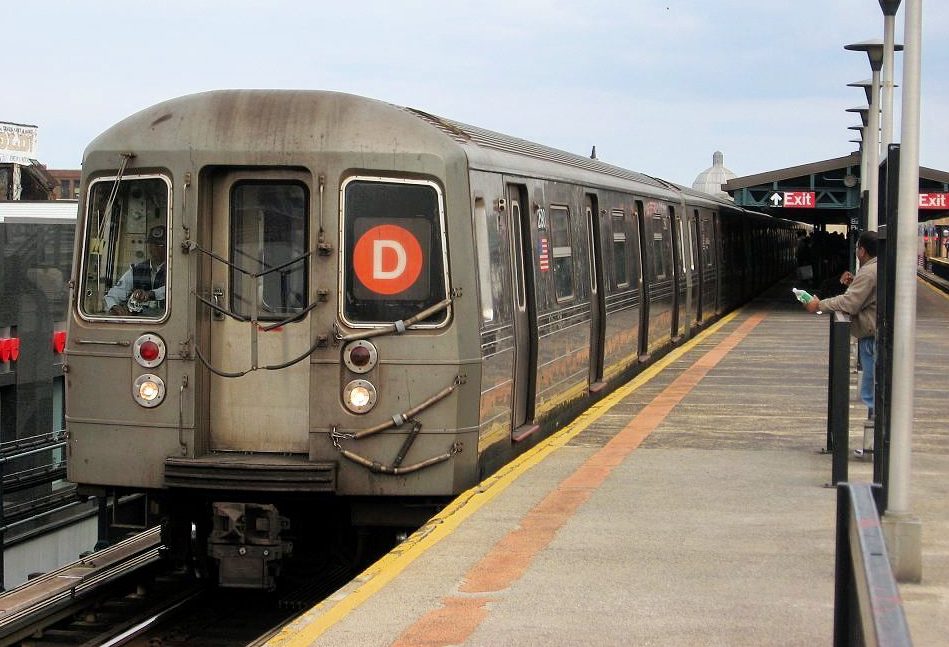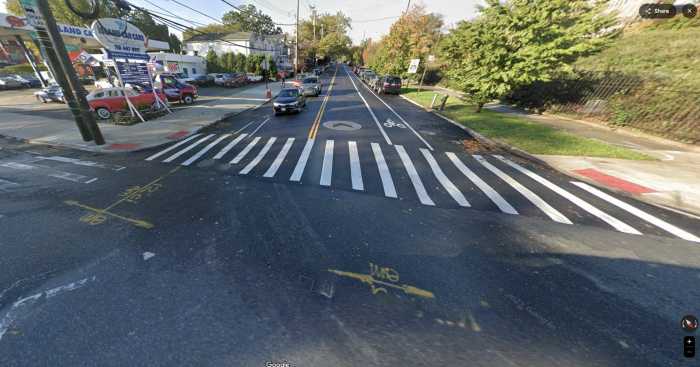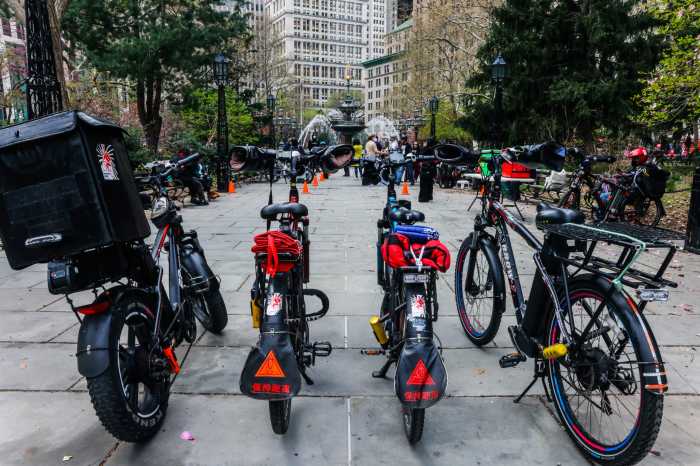We’re resuming in amNewYork Metro “Ask the MTA,” a weekly column where MTA officials answer your questions about transit service in New York City. If you have a question for the MTA about subways, buses, commuter rails and more, email askthemta[@]amny.com.
I am wondering whether there is a record on file of the total number of weeks in the Year 2019 that the Uptown D Train evening service has been “disrupted” due to planned “Fast Track” aka Track Maintenance and to the end result to date. How many times in 2019 has Uptown “D” evening service to The Bronx, NY been purposely suspended at 59th Street/Columbus Circle? How many times in 2019 has The Bronx “D” evening service completely ended at 161st Street?
As with all our subway lines, service on parts of the D line sometimes must be suspended for critical construction and maintenance work. When no trains are running, we can get more work done in less time and in a safer environment.
In 2019, there was a total of 6 weeks during which parts of the D were shut overnight for the “Fastrack” program, which combines track, signal, switch, structural, station, and other work. For three of those weeks, in the winter, the D did not run between 205 St and 161 St-Yankee Stadium, and for the other three weeks, in the fall, the D did not run between 161 St-Yankee Stadium and 59 St-Columbus Circle. There were also three weeks of overnights and three weekends in which the outer end of the D, between 205th St and Bedford Park Blvd, was shut for various track, station, and structure projects.
During these shutdowns, we encouraged riders to use nearby subway lines and bus routes, and in certain cases we provided free shuttle bus service.
This coming March, we will have another Fastrack for three weeks, in which the D will be shut overnight between 161 St-Yankee Stadium and 59 St-Columbus Circle. Similar shutdowns may be scheduled later in the year.
— Glenn Lunden, NYCT Acting Deputy Chief, Rail Planning
Could you explain what the MTA is doing to modernize signals and eliminate problems over the next five years? How long will it take for all signals to be modernized throughout the entire subway system?
We’ve made signal modernization a priority in the recently approved 2020-2024 Capital Plan. We’re investing more than $7 billion to upgrade signals on six line segments. We’re upgrading to a system known as Communications Based Train Control (CBTC), which makes use of computer technology and wireless communications between trains and track equipment to improve train operation, traffic management and infrastructure control.
With CBTC, we can more accurately track train location to get a better indication of where trains are at all times. This allows us to run trains faster and more closely together so we can run more trains per hour. That increases capacity for our customers and shortens journey time.
The L and 7 lines already use CBTC over 43 miles of track and have seen major improvements in on-time performance as a result. Those are far and away the best performing lines in the system.
The upgrades outlined in the new Capital Plan will increase CBTC track miles by an estimated 220 miles, covering 47 out of our 50 busiest stations. The 2025-2029 Capital Plan will improve an equal amount of track miles, and what’s left will be targeted in the subsequent plan.
— Pete Tomlin, NYCT Vice President, Network and Resignaling






































